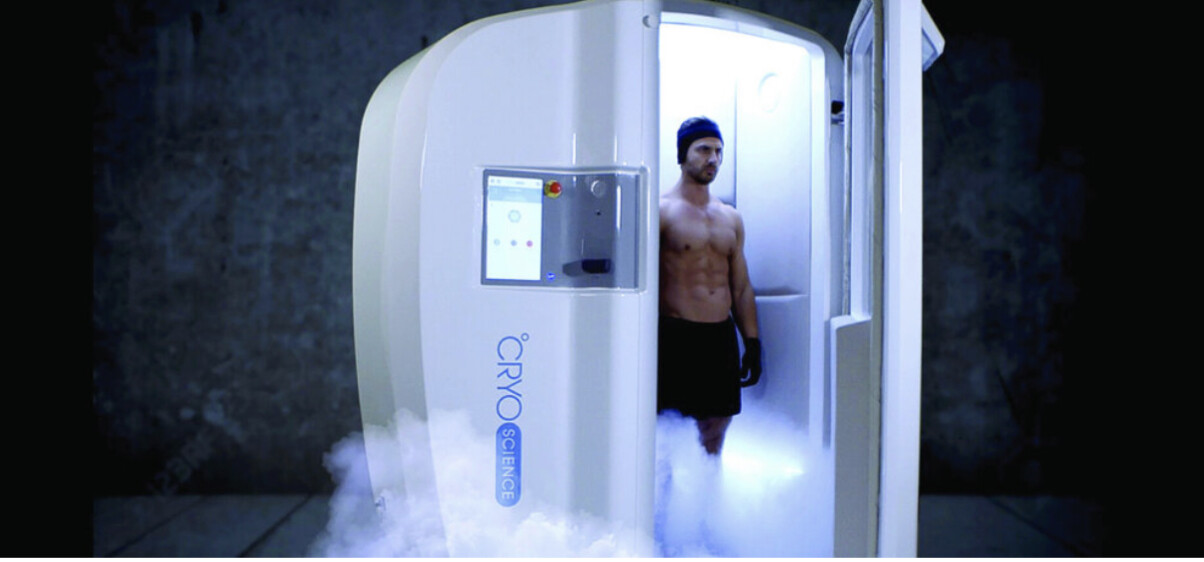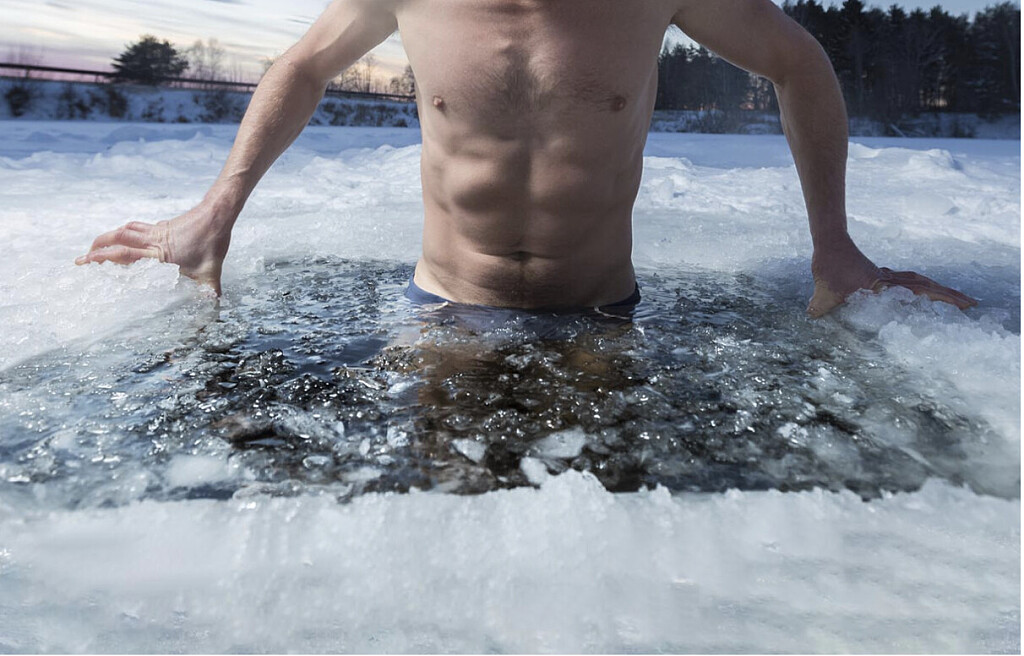Running News Daily
Running News Daily is edited by Bob Anderson. Send your news items to bob@mybestruns.com Advertising opportunities available. Train the Kenyan Way at KATA Kenya and Portugal owned and operated by Bob Anderson. Be sure to catch our movie A Long Run the movie KATA Running Camps and KATA Potato Farms - 31 now open in Kenya! https://kata.ke/
Index to Daily Posts · Sign Up For Updates · Run The World Feed
Ice Plunges/Cold Baths for Muscle Recovery
The old adage goes “no pain, no gain,” and no crowd knows that better than long distance runners do. It’s the philosophy their entire sport is predicated on, pushing through the pain for hundreds of miles each month over hills and on concrete in the pursuit of athletic success.

With grueling training methods comes a pressing need for improved methods of recovery. If you don’t give your muscles time to repair the microscopic tears that develop during strenuous exercise, you aren’t going to become a better athlete. Instead, you’ll end up with strained muscles and time away from sport that could otherwise be devoted to making gains.
Sensitive tissues like tendons and ligaments are similarly important to safeguard, as repetitive stress injuries are a massive concern in a sport where you’re going to be covering long distances.
One way of recovering after a workout that’s gaining increasing popularity is the use of cold plunges to spur muscle repair. This can take a number of different forms, from soaking in a cold bath replete with ice water for five to ten minutes after a workout to the expensive cryotherapy technologies used by high profile athletes (although as this is becoming more popular, it will likely be more accessible to the general public in the near figure as demand increases and technology improves).
Many former Boston Marathon winners have incorporated cold plunges into their daily routines. Two-time Boston Marathon winner Meb Keflezighi, Desiree Linden who won the Boston Marathon in 2018, and Kara Goucher who has competed in the Boston Marathon ten times. These runners all say that ice baths help them to reduce muscle soreness and inflammation, and to feel more refreshed and ready to train the next day. They typically do ice baths for 10-15 minutes after their hardest workouts or after the marathon itself. A BetMGM Massachusetts bonus code will come in handy for anyone looking to get in on the action in the next Boston Marathon. The 2023 New York City Marathon will be held on Sunday, November 5, 2023, and you can bet many runners are using ice plunges ahead of the big race (and most certainly after they’re done running) for muscle recovery.
Here’s a look at why cold plunges are all the rage these days, including how to take one for maximum effect and the numerous advantages of exposing sore muscles to chilly temperatures.
Part of the beauty of ice water therapy is that you don’t have to be rich to have access: anyone with a shower or bath can turn the tap to the lowest temperature setting and sit in the water for up to ten minutes following a workout.
What’s the benefit, though? It comes down to basic science. Exposure to (relatively) freezing temperatures makes your blood vessels contract as your body pulls in heat to your core to keep you warm. This could reduce swelling and inflammation, and doing so immediately after a workout could give you a jumpstart on post exercise soreness because of that.
Once you step out of the ice bath, the reverse process happens as your muscles warm up in the outside air and your blood vessels begin to dilate again. This circulatory rush kick starts the process of muscle repair, bringing vital nutrients to where they’re needed most.
One thing that’s important to note, though, is that the advantages of an ice bath can change quite a bit depending on the type of exercise you’re pursuing. Endurance runners have a much different set of goals than a powerlifter or anaerobic sprinter does, so this article doesn’t apply to everyone. Endurance runners engage in aerobic activity, plateauing at 80 to 90 percent of their maximum output for extended periods of time (although they may need a quick burst to finish a race or pass a competitor).
Sprinters and lifters deploy massive bursts of all their energy in one go, and as such they have different recovery needs: it’s critical to cool down properly after engaging in strenuous exercise so that you don’t expose yourself to cold temperatures before you’re ready, causing muscles to tense up.
Login to leave a comment




